Affiliate disclosure: This post may contain affiliate links. Please see our Privacy Policy.
Self Heal (Prunella vulgaris) is common wild weed that’s both edible and medicinal. It forms a dense, low growing carpet of purple flowers on lawns and field edges, and it’s likely you’ve seen it growing near your home. Traditional names like Woundwort, Heal-All, and Carpenter’s Herb hint at it’s many medicinal uses.
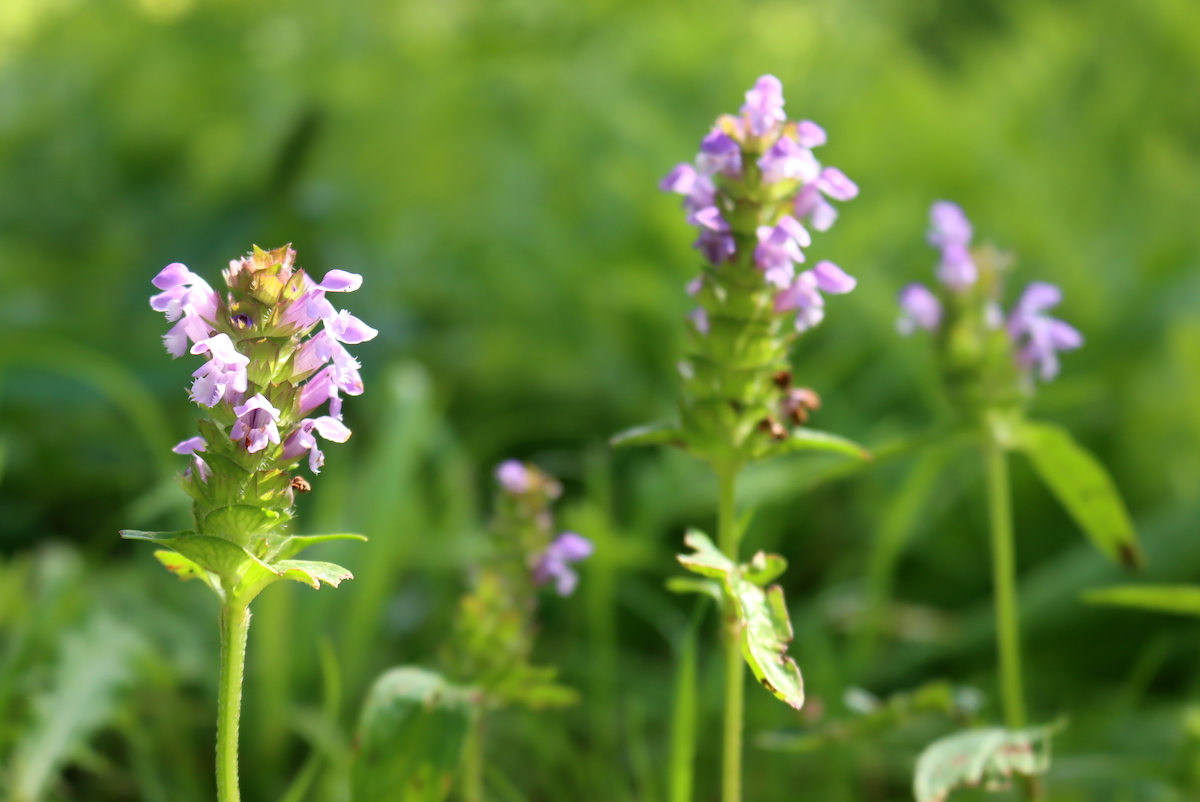
Self Heal (or Heal All) is one of the first wild weeds I learned to identify, decades ago when I was just getting into herbalism and foraging. I spotted pictures in a book, and with a name like “Heal All” I just knew I had to find it in the wild.
Lucky for me, it didn’t take long. Just a few steps outside my door, and there it was, brightening up a corner of the lawn.
It’s incredibly common, and grows on lawns all over the world. It’s considered a “weed” by most people, but the beautiful purple flowers are intentionally planted by some as a lovely spreading ground cover.
The bees absolutely love it, and honey made from its flowers has special medicinal properties.
Historically, it was reputed to treat almost everything, and it was in the traditional medicines of Europe, North America, and China. Modern studies are starting to verify its many traditional uses, and they’re showing that this little wild weed lives up to its name!
(While heal all is a common wild plant, you can also grow it if you have a few Heal All Seed Packets. It’ll form a thick carpet of ground cover in no time, and it’s exceptionally beautiful…so much better than plain lawn grass!)
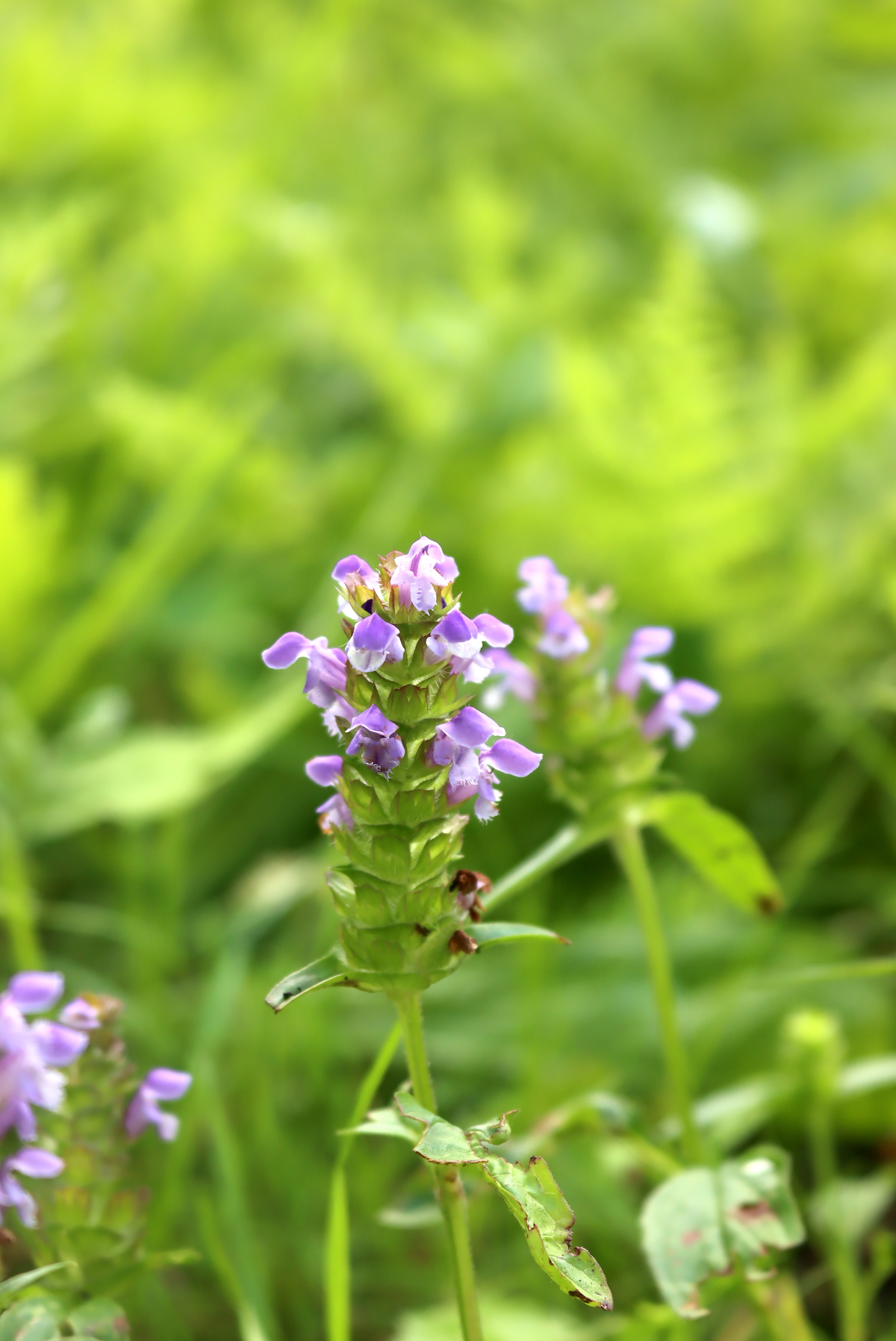
What is Self Heal?
Self Heal (Prunella Vulgaris) is a perennial, herbaceous wildflower that makes a low-growing, spreading ground cover. It’s in the mint or Lamiaceae family and is native to Europe, Eurasia, and North America.
Self Heal has many common names, including Common Self Heal, Woundwort, Heal-All, Heart-of-the-Earth, Carpenter’s Herb, Brownwort, and Blue Curls.
Is Self Heal Edible?
Self Heal is edible, and the leaves, stem, and flowers can be eaten, though the stem may be tough.
Herbalists have also used Self Heal both internally and externally for centuries. For medicinal purposes, herbalists usually harvest the plants while they are in flower. It can be dried for later use.
Avoid harvesting Self Heal along roadsides, treated lawns, or other areas that may be contaminated with pesticides or other chemicals.
There are no known precautions for consuming Self Heal, but it’s generally recommended that you consult with a physician or herbalist before trying a new herb, especially if you’re pregnant or nursing.
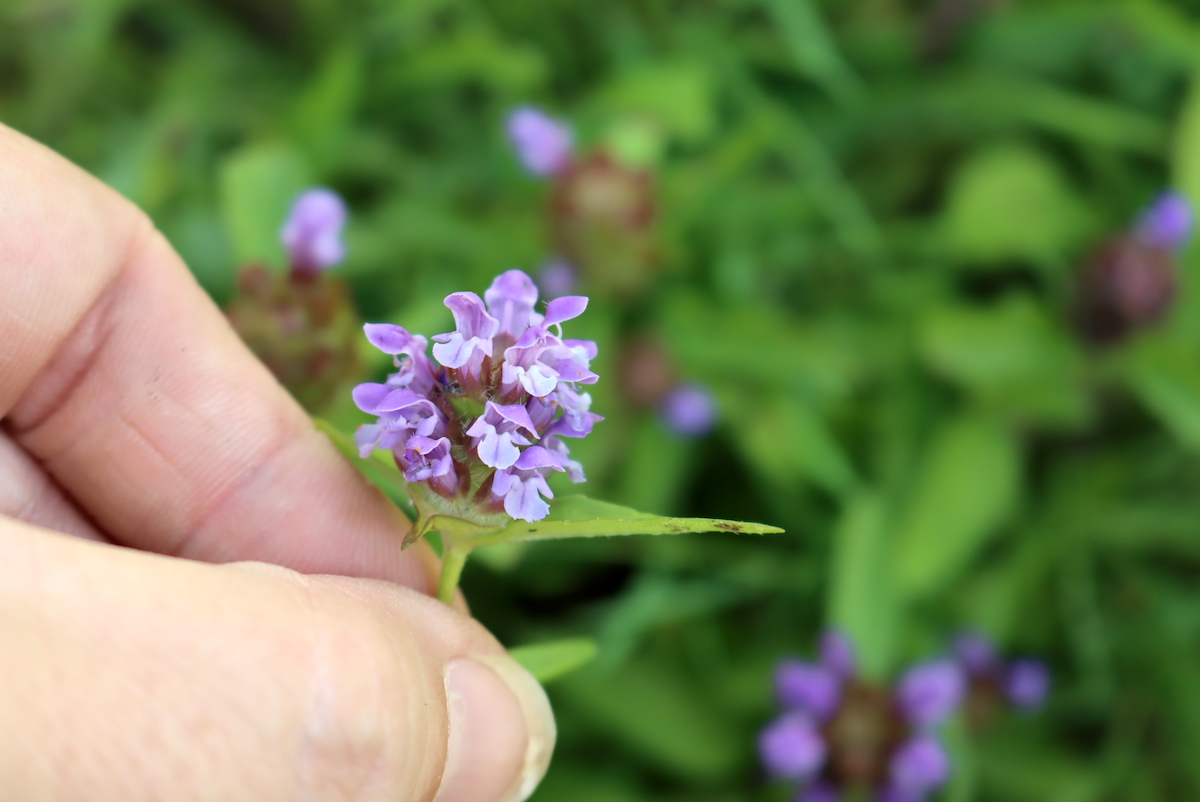
Self Heal Medicinal Benefits
Self Heal has a long history in herbal medicine throughout its range. Its value as a medicinal herb has given it the common names Self Heal, Heal-All, Woundwort, and Carpenter’s Herb. Additionally, part of Self Heal’s scientific name, Prunella, comes from ‘Brunella,’ which is derived from “die Bräune,” the German word for a type of throat inflammation called quinsy.
Self Heal is a common ingredient in Chinese medicine and is used to treat cancer, dizziness, dry coughs, red eyes, dermatitis, and boils. It’s also a common herb in Chinese teas.
In North America, Self Heal was used by many Native American groups as part of their traditional herbal medicine.
- The Algonquin, Delaware, Iroquois, and Mohican all used Self Heal as a fever reducer.
- The Cherokee employed Self Heal for washing burns, bruises, diabetic sores, cuts, and acne.
- The Cree chewed Self Heal for sore throats.
- The Blackfeet Nation used Self Heal as an eyewash and wound cleanser on both humans and horses.
- The Iroquois turned to Self Heal to treat various conditions, including coughs, gastrointestinal problems, gynecological issues, colds, tuberculosis, hemorrhoids, diarrhea, and respiratory problems.
Modern studies have provided some evidence that Self Heal does have many benefits. One study found some evidence that it has anti-tumor properties. Another study indicated that Self Heal helped to lower glucose levels in diabetic mice. Honey made from Self Heal blooms also appears to have some benefits, with one study finding that it helped improve the gut microbiota composition in rats with colitis.
Herbalists continue to use Self Heal for various applications today, using the herb dried or fresh to create infusions, tinctures, teas, mouthwashes, ointments, massage oils, and eyewashes. It’s used to treat cold sores, headaches, insect bites, hemorrhoids, stress, emotional trauma, and more.
As an early green, it’s also employed as a general spring tonic.
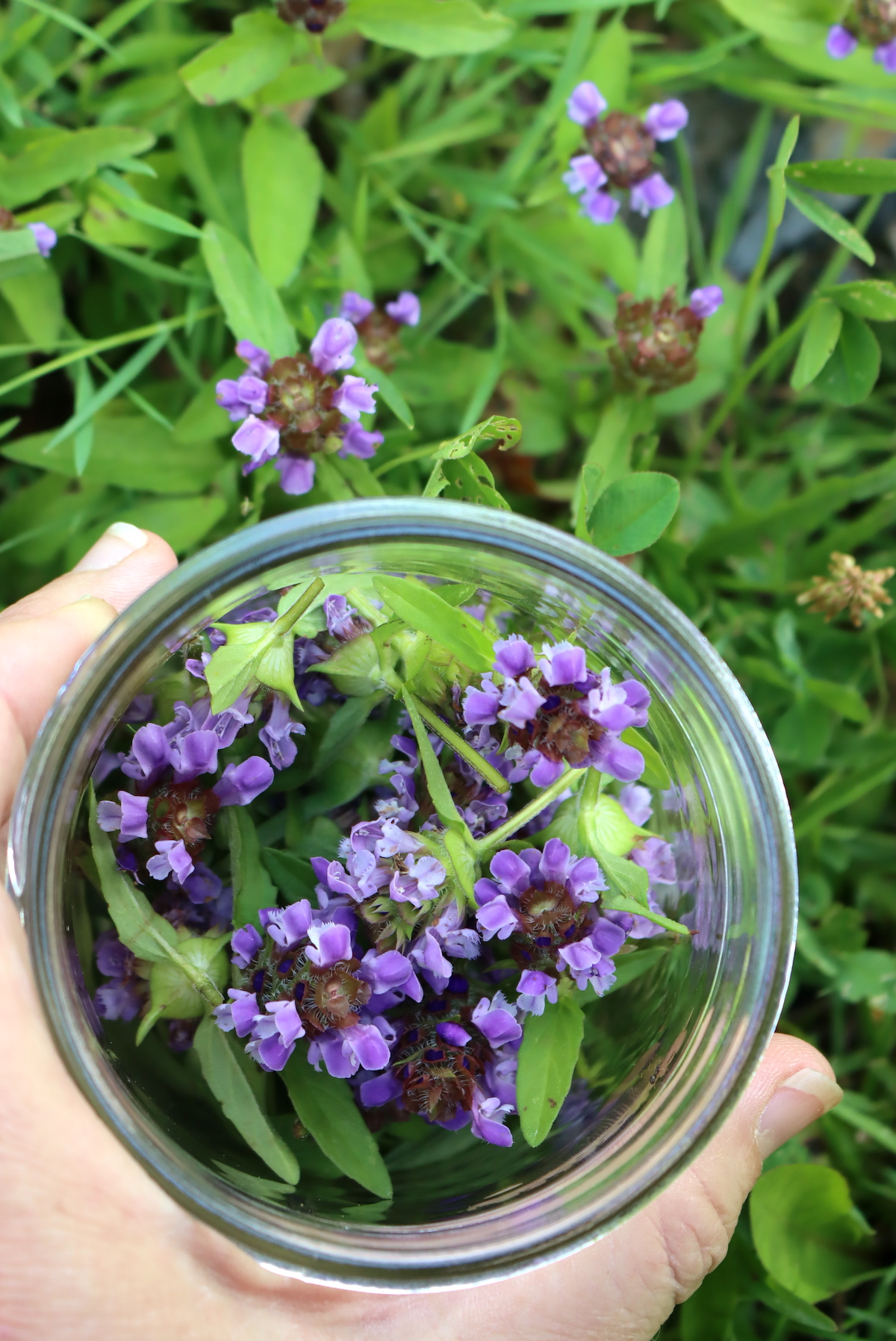
Where to Find Self Heal
Self Heal is widespread and can be found across much of North America, Europe, and Eurasia. It’s highly adaptable and will tolerate a wide range of pH, light, and soil conditions. It prefers relatively moist areas, especially when growing in full sun.
You’ll likely find Self Heal growing in gardens, fields, grasslands, pastures, lawns, waste places, and along forest edges and roadsides.
When to Find Self Heal
Self Heal may appear as early as March in warm climates but may come up in May or even later in the north. It’s easiest to identify when in bloom, typically between May and October. The seeds ripen in August or September.
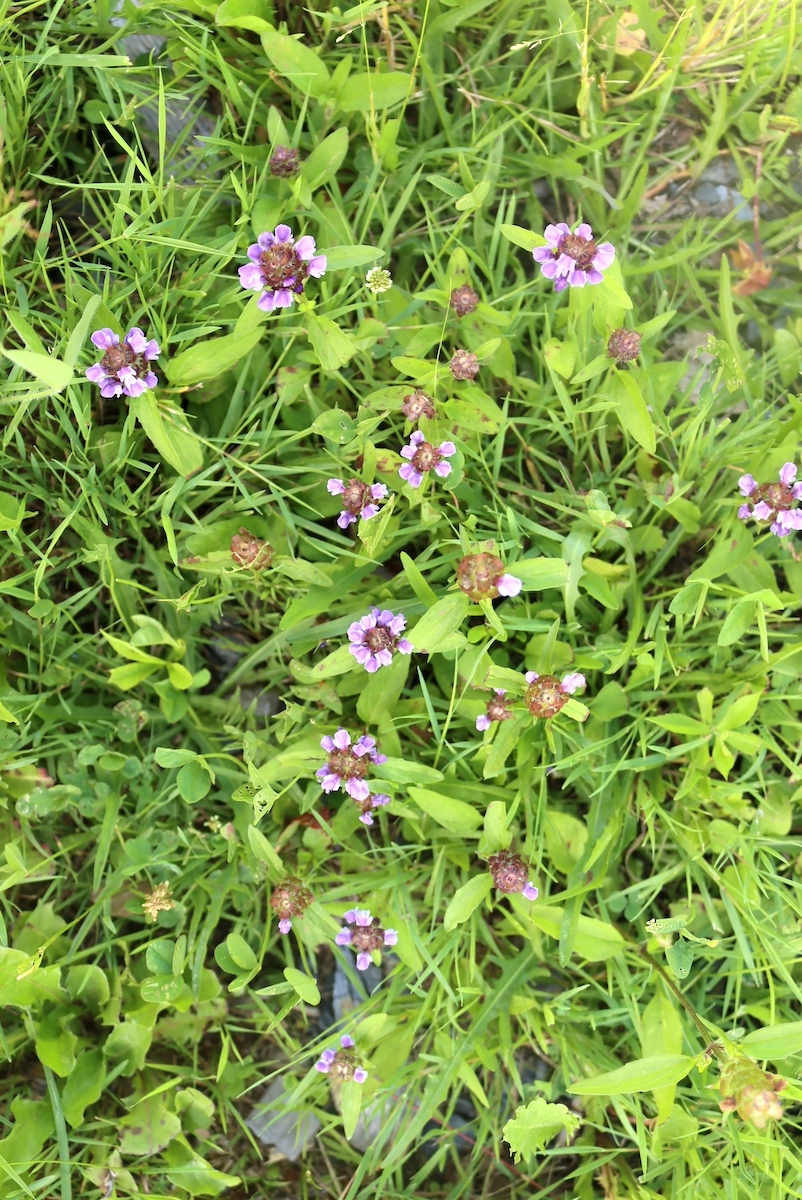
Identifying Self Heal
Self Heal is a spreading herbaceous plant that grows roughly one foot tall. The plants have a small tap root and fibrous, rhizomatous roots, which allow them to propagate and form clumps.
Self Heal is most noticeable when it’s in bloom between May and October. The tiny purple flowers form in whorls on club-like flower spikes. Though the flowers themselves are small, a patch of Self Heal in bloom is eye-catching.
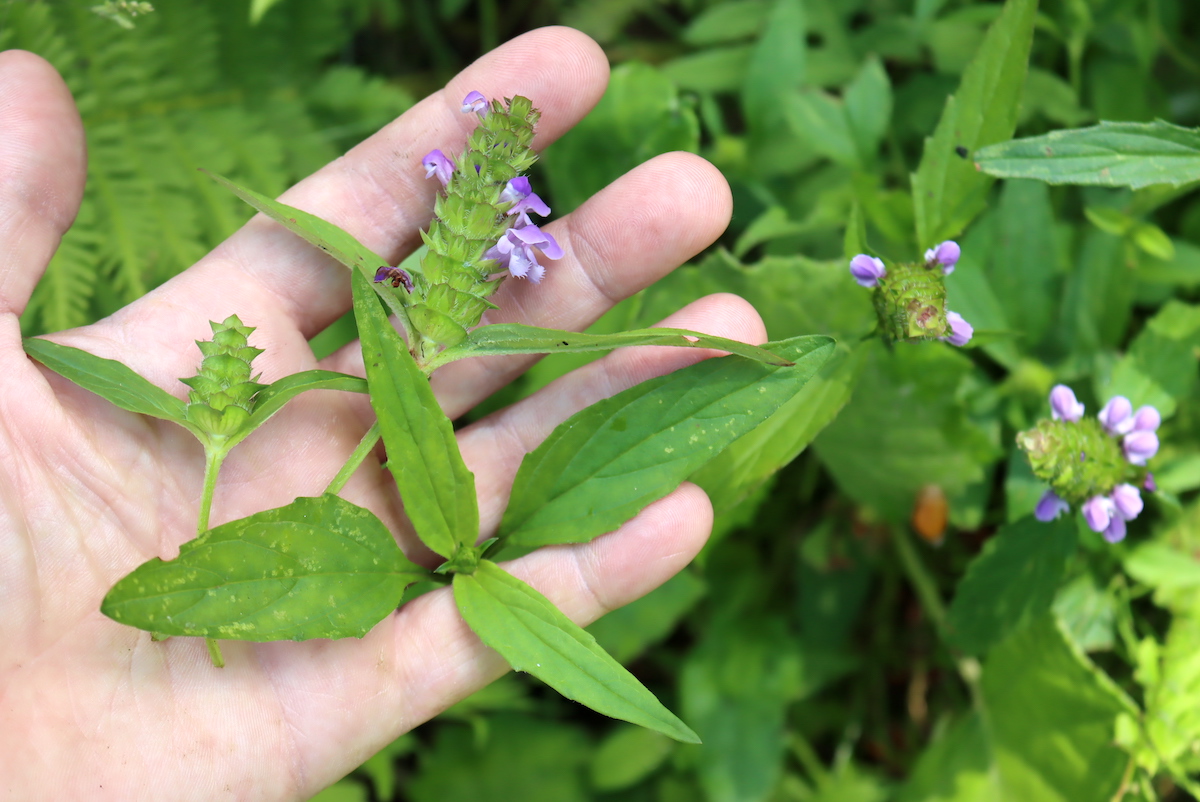
Self Heal Flowers
The flowers are tubular and have two lips. The top lip is usually purple, and the bottom lip is often white or purple, but the flowers may also be bluish or pinkish. The bottom lip is deeply two-lobed and fringed.
The flowers have four stamens, and there are hairy bracts (specialized leaves) beneath the flowers.
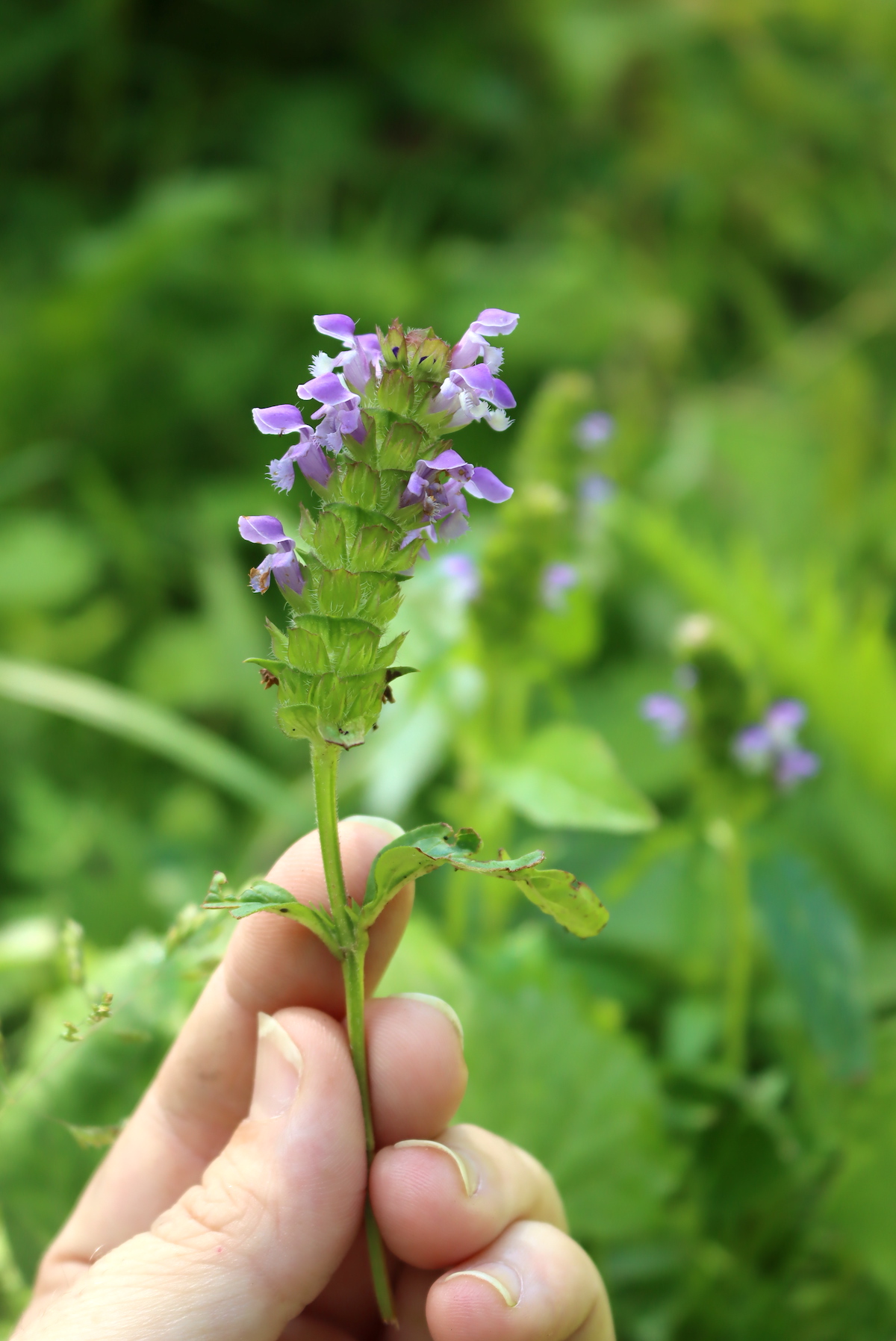
Self Heal Leaves
Self Heal has ovate to lance-shaped leaves that are typically about one inch long and a little more than half an inch wide. The leaves are arranged oppositely on the stem and may have smooth or obscurely toothed edges.
The leaves are typically green but may be gray-green or reddish at the tip.
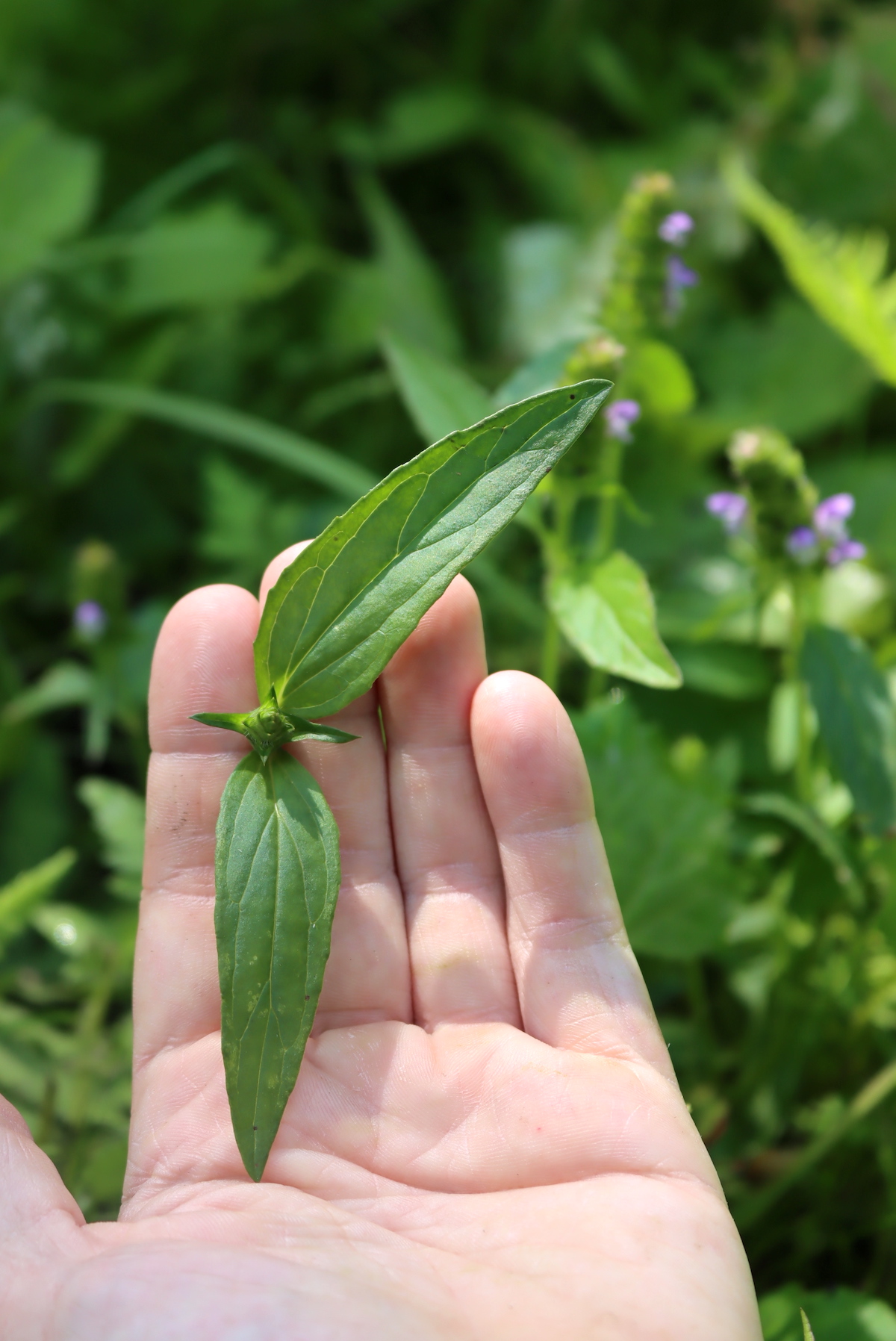
Self Heal Stems
Like other members of the mint or Lamiaceae family, Self Heal has square stems.
The stems are typically between 2 and 12 inches tall. The stems are generally tough and reddish in color.
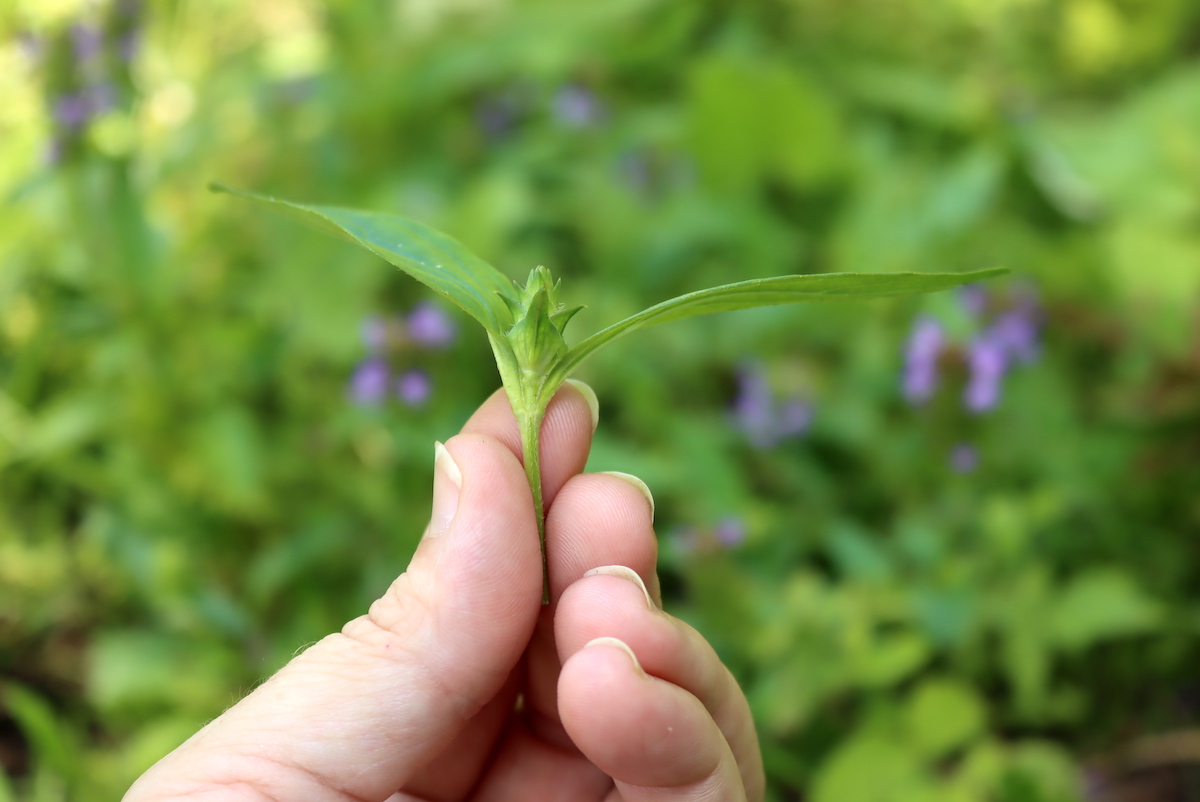
Self Heal Seeds
Though not as noticeable as the blooms, Self Heal produces smooth, shiny brown nutlets. These seeds typically ripen between August and September.
Self Heal Look A-Likes
A few other plants look similar and are sometimes confused with Self Heal. Thankfully these plants, Henbit, Purple Dead Nettle, and Ground Ivy, are all edible too.
Henbit (Lamium amplexicaule) can be distinguished from Self Heal in a few ways:
- Henbit’s leaves are more roundish, and the margins are deeply scalloped.
- Henbit’s lower leaves have petioles or stalks, while Self Heal’s are attached directly to the stem.
- Henbit flowers are narrower and don’t have fringed lower lips.
Purple Dead Nettle (Lamium purpureum) differs from Self Heal in a few key ways:
- Purple Dead Nettle leaves transition from green to purple-red or pinkish near the top of the stem.
- Purple Dead Nettle has fuzzy leaves, while Self Heal’s are smooth or sparsely haired.
- Purple Dead Nettle has heart or arrow-shaped leaves rather than ovate or lance-shaped leaves.
Lastly, Ground Ivy (Glechoma hederacea) may be mistaken for Self Heal. Ground Ivy can be distinguished from Self Heal in the following ways:
- Ground Ivy leaves are attached to the stem by petioles from their center, while Self Heal’s are attached directly.
- Ground Ivy’s leaves are kidney or fan-shaped with round toothed edges rather than lance-shaped or ovate.
- Ground Ivy reproduces with stolons, stems that run along the ground and root at nodes.
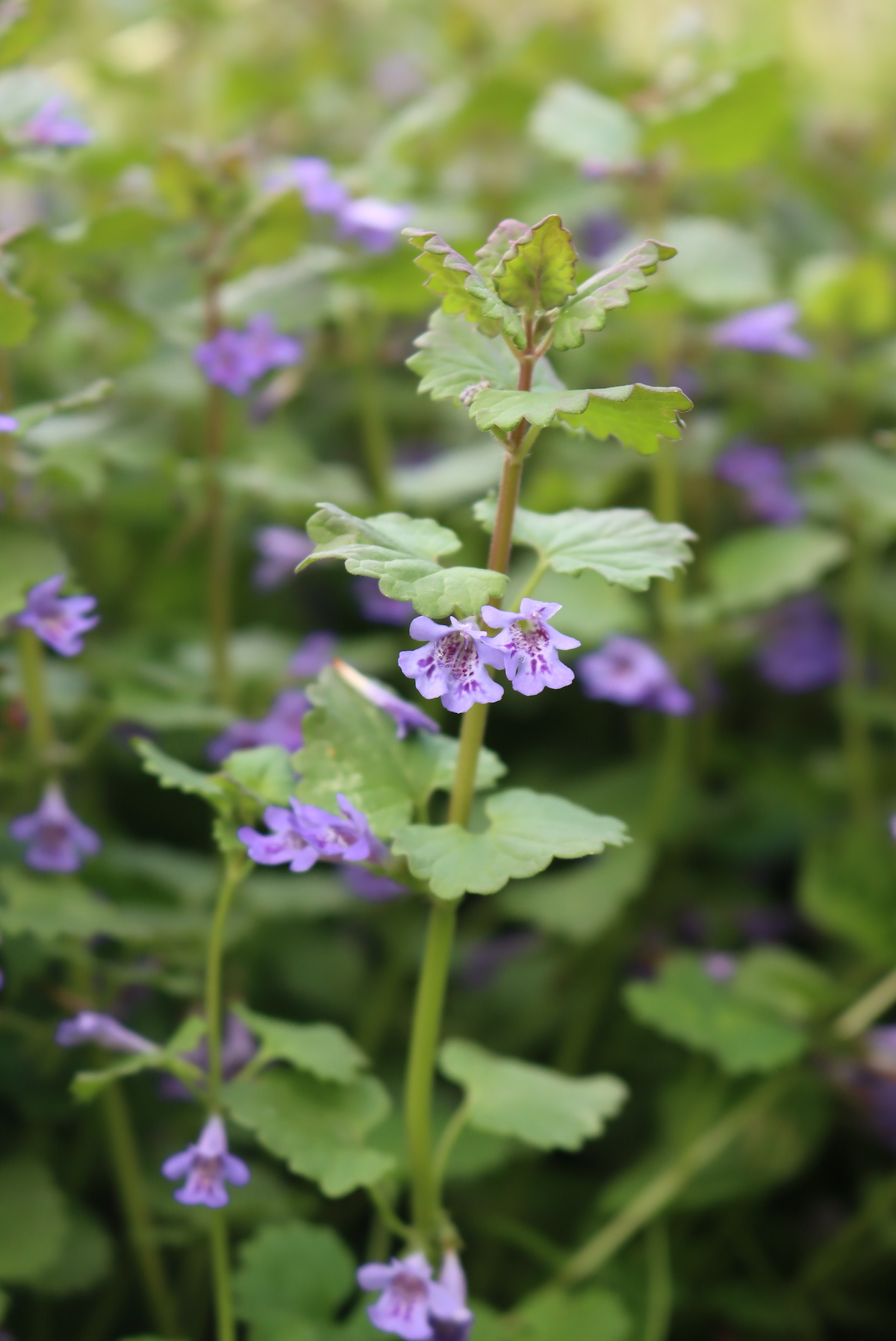
Ways to Use Self Heal
You may have overlooked this plant in the past, but there are many ways to put it to use in your kitchen and medicine cabinet.
Self Heal can be eaten raw or cooked and is a delicious addition to many recipes. It has a slightly bitter taste when raw, so it’s best to use it sparingly. Add Self Heal to salads, smoothies, soups, stews, casseroles, or wherever else you can think of! It’s also excellent fresh or dried in teas and infusions.
You can use Self Heal in various herbal preparations for internal use. Try using Self Heal to create herbal oxymel, herbal-infused vinegar, herbal-infused honey, and simple herbal teas.
You can use Self Heal in salves, ointments, massage oils, and poultices for external use.
Personally, I make a herbal tincture with Self Heal and use it as a general spring tonic, alongside dandelion tincture, chickweed tincture, and burdock tincture.
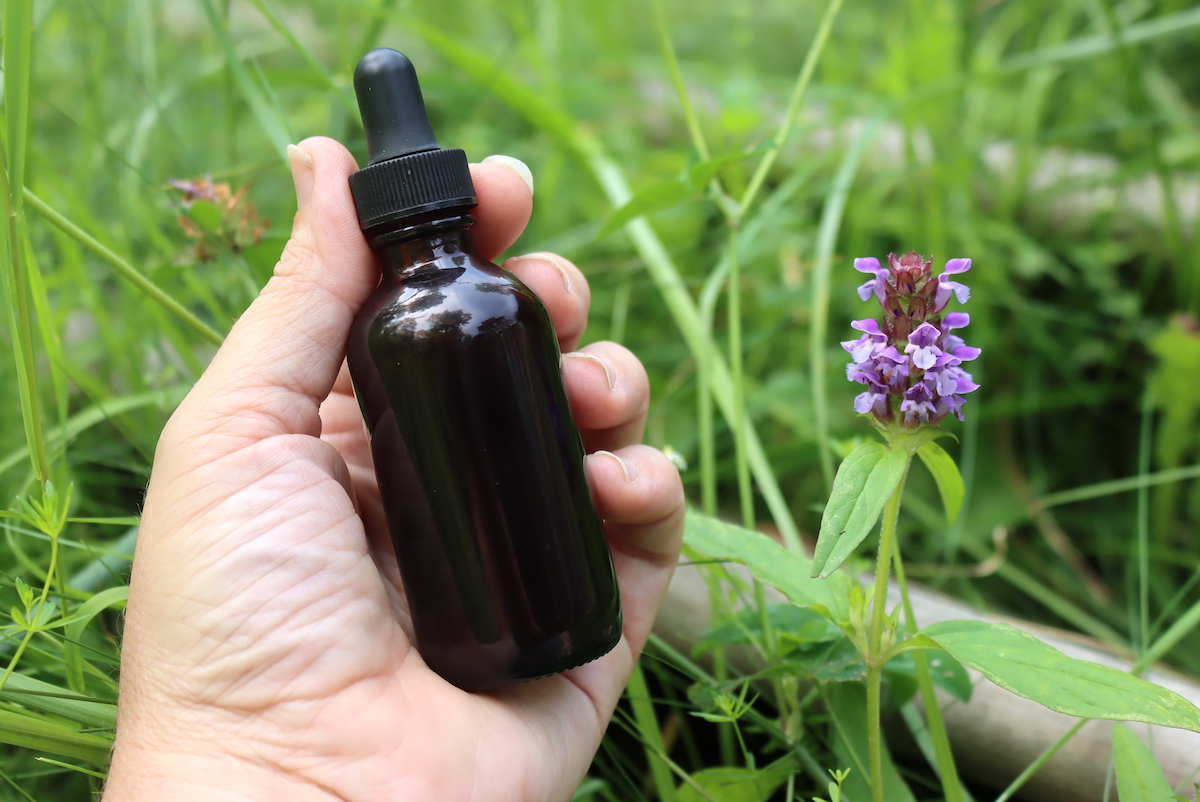
Self Heal Recipes
Looking for specific recipes using self-heal?
- Make a Self Heal Oxymel for Immune Support with this Recipe from Grow Forage Cook Ferment.
- Create a Self Heal Serum with Learning Herbs to help protect your skin.
- The Herbal Academy has instructions for making a Self Heal poultice for treating minor wounds.
Edible Wild Weeds
Looking for other edible wild weeds?
Summer Foraging Guides
Looking for more wild plants to harvest this summer?
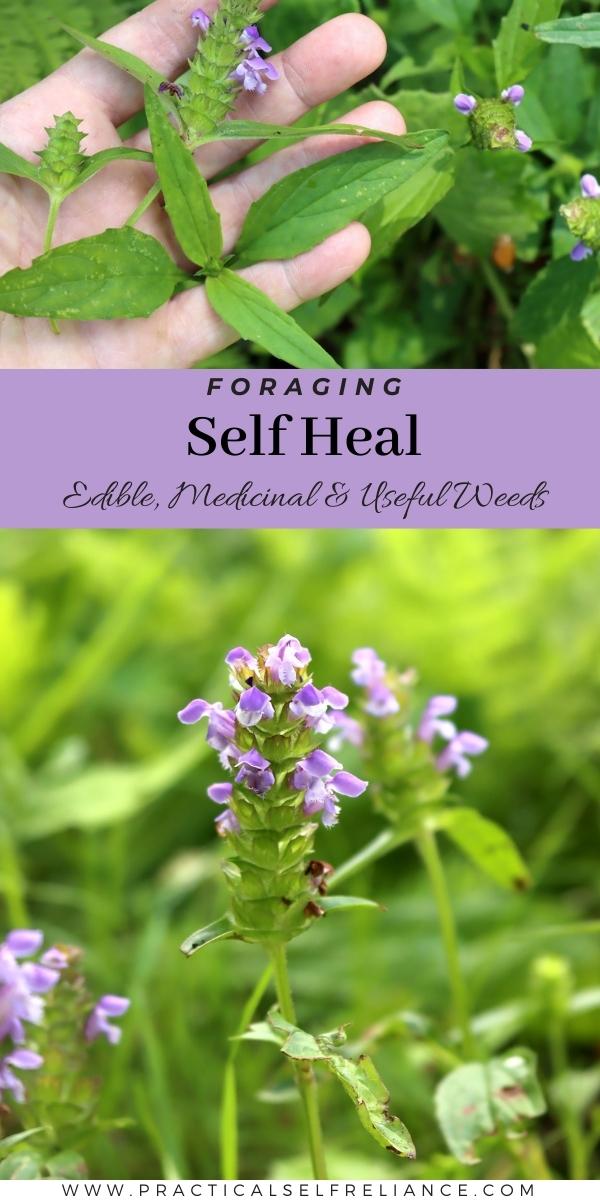
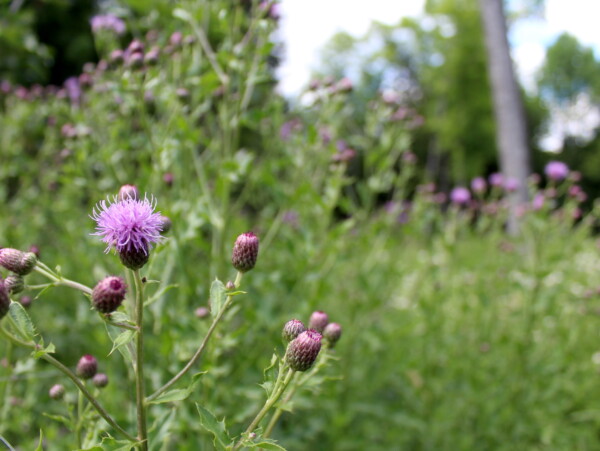
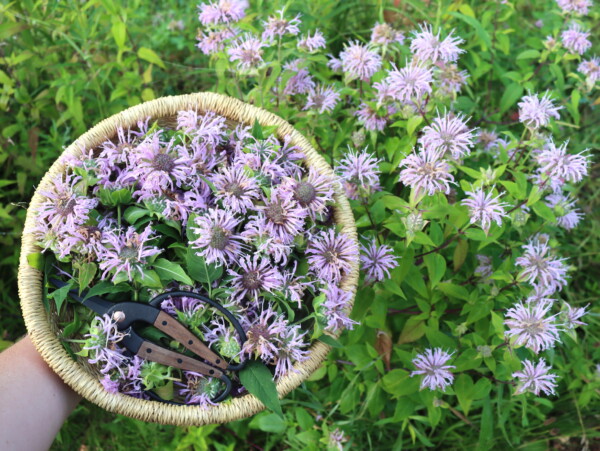
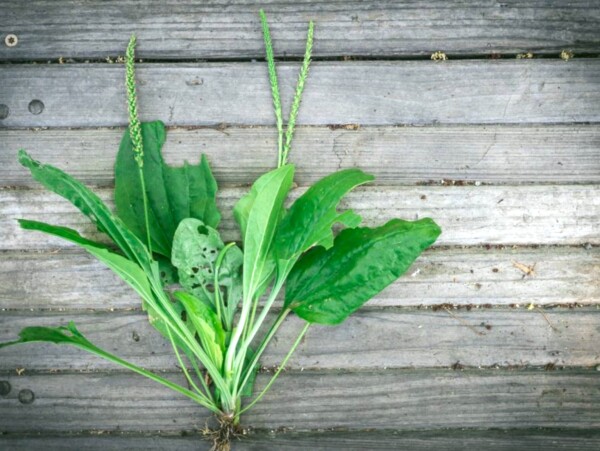
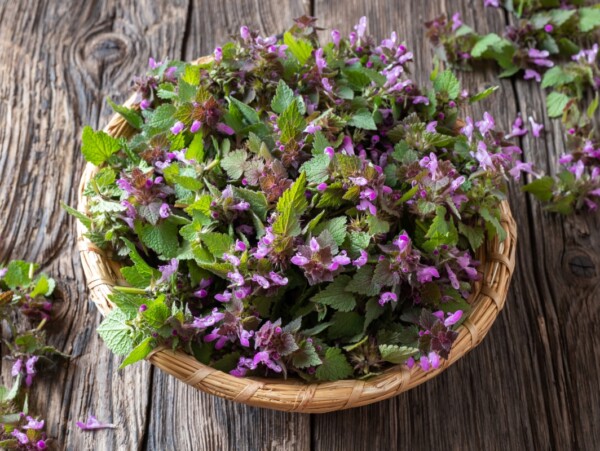










Self heal is a herb but it is not necessarily a “weed”. I would like to raise a friendly objection to your over-use of the term. The Concise Oxford Dictionary entry for “weed” is “1. a wild plant growing where it is not wanted.” Please, can you show a bit more respect towards out wildlife in future.
Hello, Can you make it possible to print the uses for different herbs or weeds. I want to make a reference book. Don’t have time to read articles when a need arises.
Thank you
Most herbalists compile what is called a materia medica. This is a book that you put together that has the exact information that you are talking about. With herbs you always want to be sure to use multiple sources of information to be sure that the information lines up and is confirmed by other resources. There are also courses and books out there that have this information compiled for you if you want to invest in something like that but we don’t have anything available like that at this time.
I have seen several articles regarding henbit dead nettle having similar fever reducing abilities but none on which form to use for that? Would you suggest a tincture for that? I have to self heal but tons of henbit in my area.
If you’re wanting to use henbit specifically as a fever reducer, I would personally go with a tea. The tea will help with hydration which of course is super important during a fever or any kind of illness.